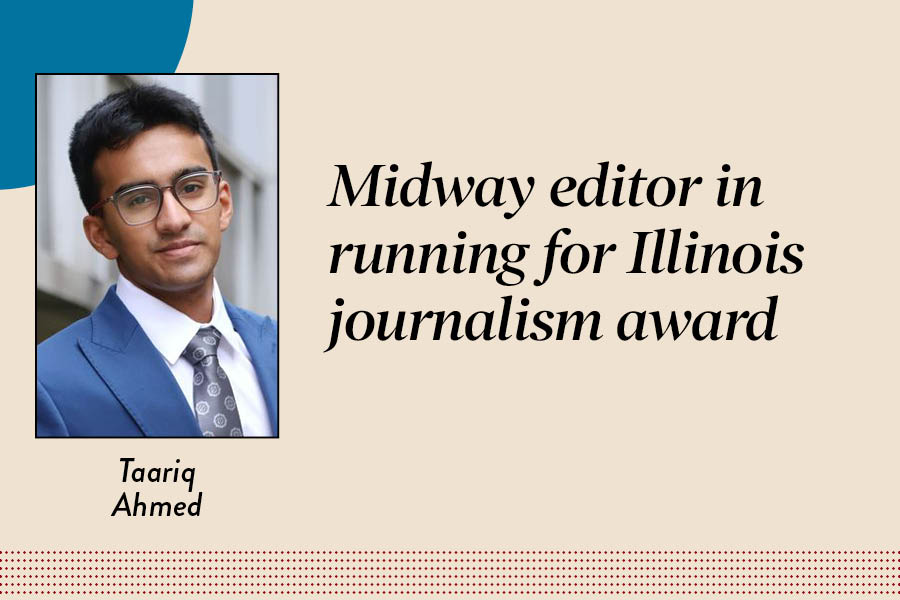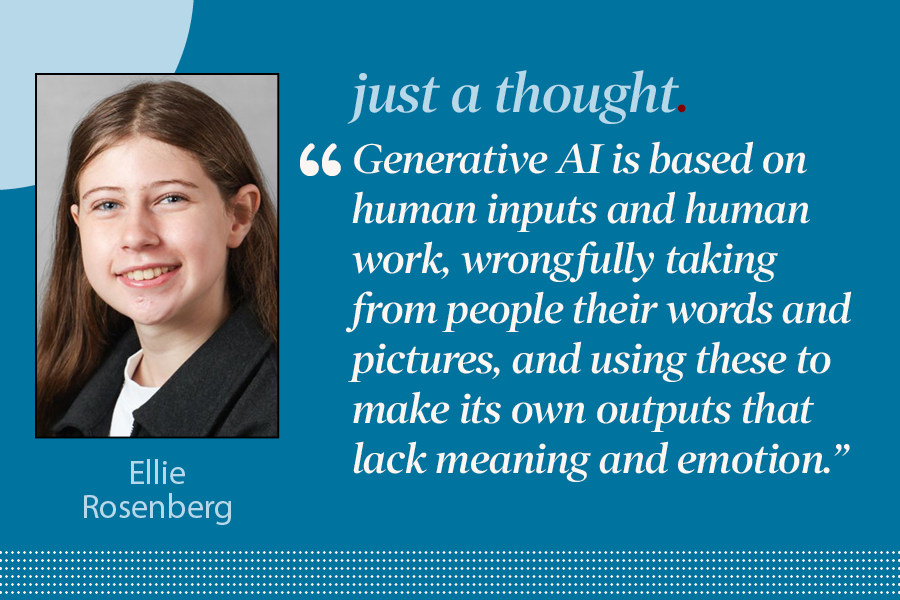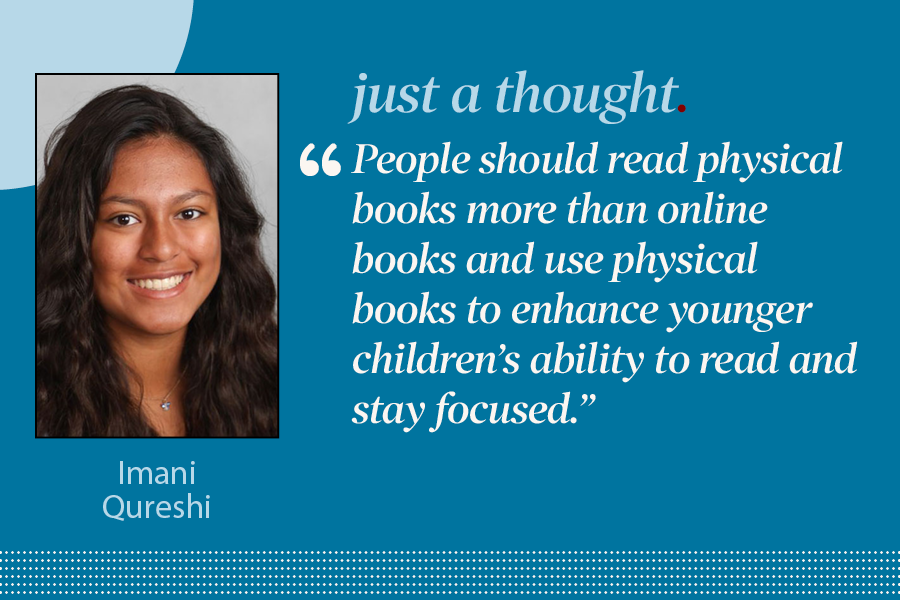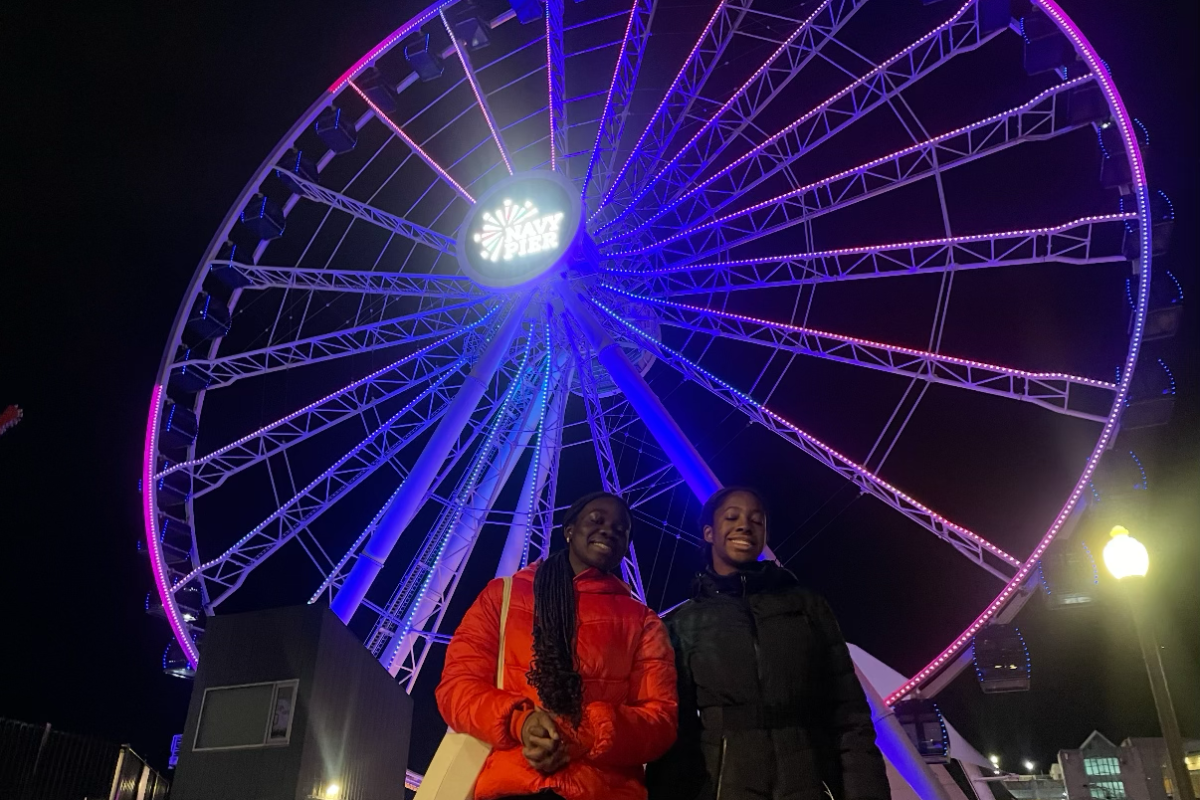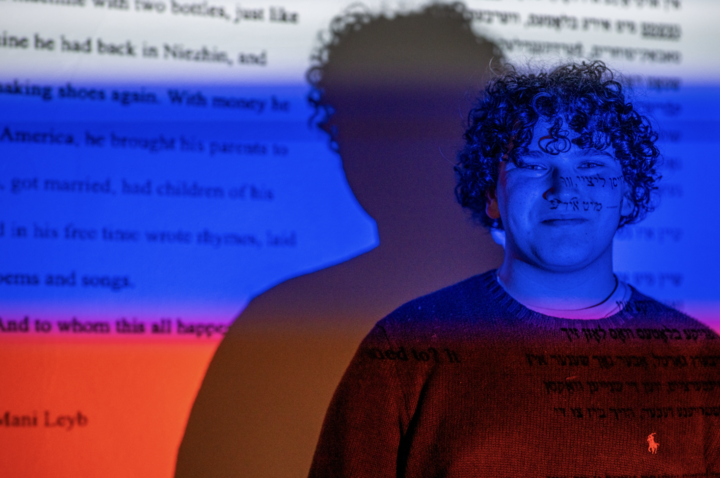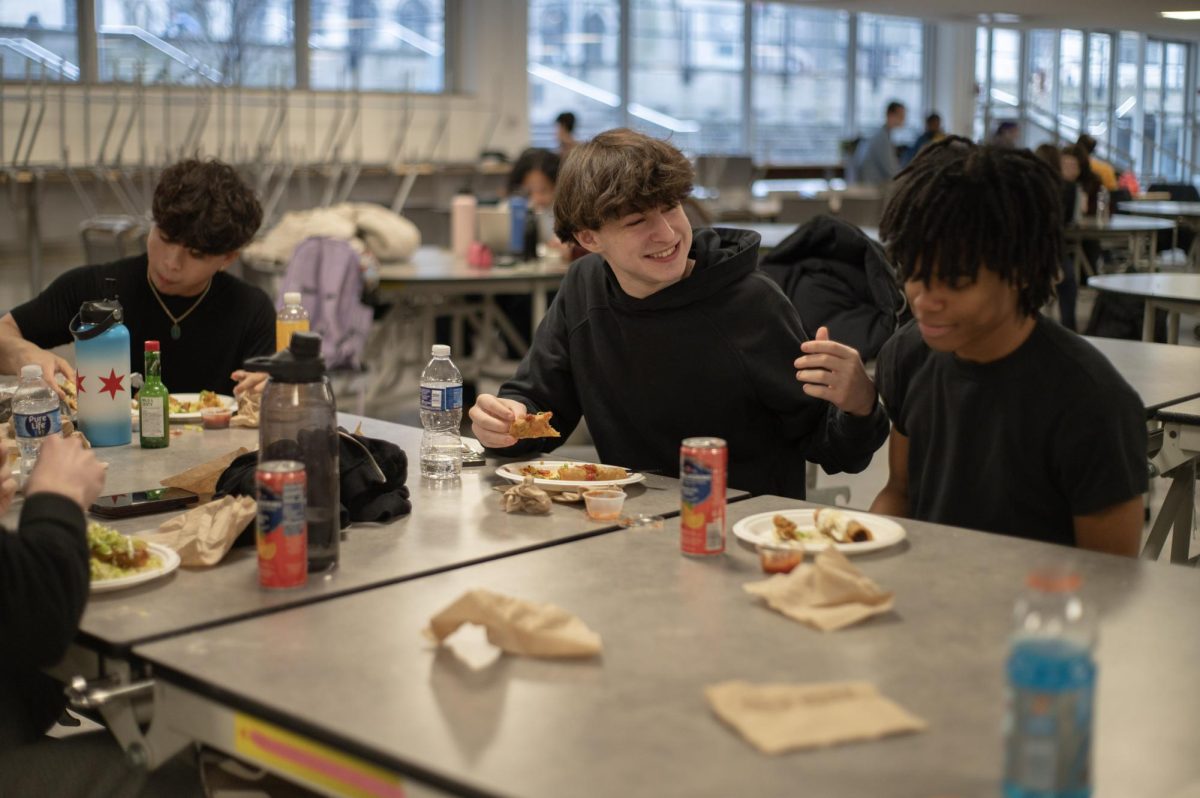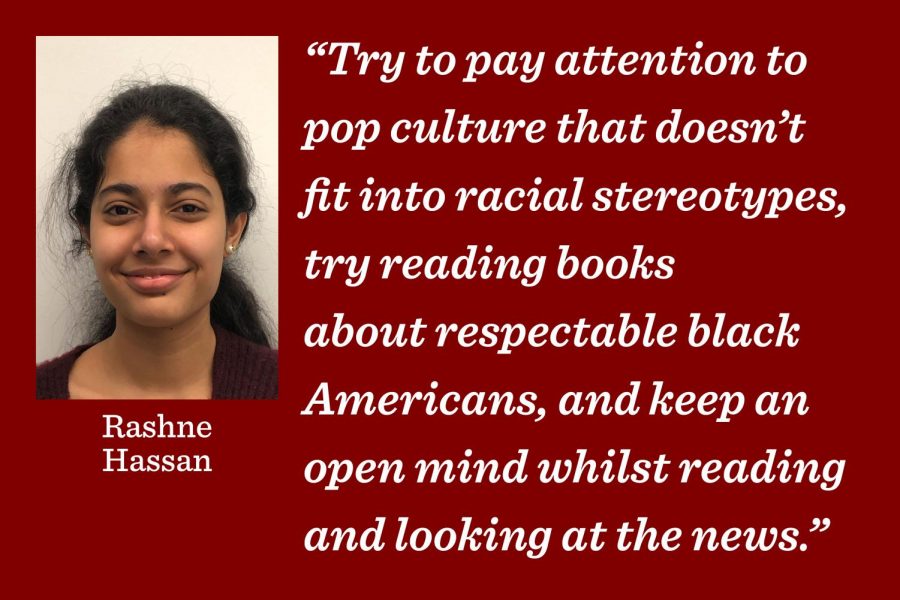Be aware of the stereotypes applied to criminals
November 1, 2019
Picture this: you’re walking alone under a dark sky, and you see someone walking toward you. They’ll probably walk past you, but what if they’re an assailant? You see them shaking. You create distance, but they just get closer. You see their face, and fear pricks your skin. Now I have a question: In the scene you just imagined, what was the color of this person’s skin? Be honest.
If you thought of a dark-skinned person, it was a result of racial stereotyping. This stereotyping strips black communities of respect and opportunity, regardless of factual basis.
The music industry helps create these stereotypes. Popular black artists, e.g. Kendrick Lamar, Lil Wayne, commonly make music glorifying drugs use. Although, not all black rappers make such music, such as Slick Rick’s condemnation of drug use and drinking, prevalent social media presence and producers hiring artists that glorify drugs gains attention and fuels racial stereotyping.
Another influential force is news coverage. Take CBS’ article on 22 black Minneapolis robbers, displaying mugshots. Comparatively, two other CBS articles about the arrest and prosecution of the white El Paso Walmart shooter shows no image. Delaware’s or NWI’s article of 44 protitution arrests in Harvey Yields, showing no photos, in comparison to ABC’s or People’s articles showing Tonya McDowell’s (a black woman) picture, after arrest for crimes including prostitution. Articles by Fox News or The Oklahoman on the white Ohio shooter, T.J., shows no picture of him, contrasting the NewYork Times’ or Chicago Tribune’s article on Church shooter, Emanuel Samson, which shows photos. No visual evidence of white criminals stops their direct association with criminality. Repeated display of mugshots of black criminals circulating often in the media reinforce the stereotype of black men.
Pre-existing images of black people causes situations such as the Ferguson or Amber Guyger’s case of white police brutality toward black men. It led to police stopping running black college students, or being called on customers at Starbucks that didn’t order coffee.
According to Jonathan Rothwell of the Brookings Institution, analysis shows that 32% of more white youth involve themselves in drug dealing compared to black youth. Rothwell’s analysis shows that regardless, drug dealing is blamed on black Americans who’re 3.6 times more likely than white Americans to face drug crime arrest.
The consequence is that stereotyping results with discrimination. Stereotyping can influence employers to limit black employment. As Bonilla Silva, a political sociologist, puts it in his book “Racism Without Racists,” black professionals feel “treated differently despite doing everything they were supposed to do.” This condescension based on race can restrict professional success.
Stereotypes can also limit financial support. According to Silva, black Americans are denied loans 1.6 more times than white. Silva also mentions that of Americans born into the lowest economic quartile, 72% black children stay in this category, compared to 40% of white, showing how this disadvantageous system restricts black Americans.
Stereotyping is not only mentally, but physically taxing black communities. Hence, it’s crucial to begin to fight racism by unlearning these stereotypes. Try to pay attention to pop culture that doesn’t fit into racial stereotypes, try reading books about respectable black Americans, and keep an open mind whilst reading and looking at the news.

